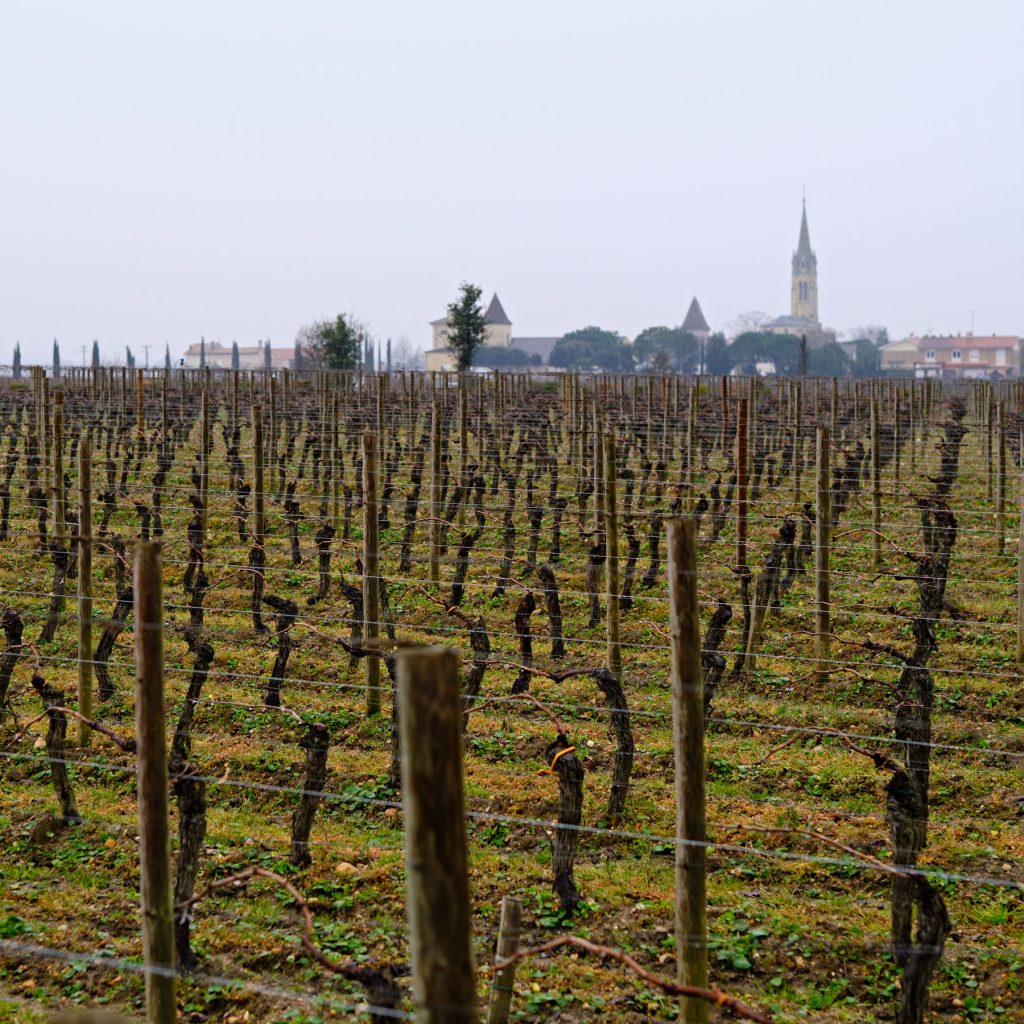Bordeaux 2022: Pomerol
Author: Mark Pardoe MW

Next in our series of Bordeaux 2022 En Primeur vintage reports: Pomerol. Our team has visited each of the commune’s leading estates, meeting the winemakers and tasting from barrel. At its best, the appellation has achieved “a pleasing consistency”, says Mark Pardoe MW. Here, our Wine Director tells us more.
Pomerol 2022 in a nutshell: where the winemaking has been sensitive, there is a pleasing consistency in 2022. Perhaps without hitting the highs of other communes, Pomerol has nonetheless produced very worthy, hugely enjoyable and admirably well-structured wines.
A closer look at Pomerol in 2022
Although Pomerol’s clay soils are water-retentive, there is no limestone here. There is, however, more gravel than people often realise. On heavier soils and with wines that are so Merlot-dominant and lacking St Emilion’s limestone, there was a risk that Pomerol would be too powerful this year: thick or lacking energy.
Yields are low at an average of 32hl/ha. With the Merlot ripening quickly, many estates began their harvest on their earliest dates on record.
And so it was in Pomerol that the paradox of the 2022 vintage was first brought into sharp relief. The wines do not have the fizzing energy of those from St Emilion’s limestone slopes, but there clearly is freshness.
This tends to present itself towards the end of the palate, feeling more mineral than mouth-watering; it may be an expression of the tannin in the grapes that were harvested ripe but as early as it was feasible to do so.
Understanding Pomerol 2022
At Clinet, where they have a lot of gravel, emphasis was put on the importance of the cool nights (when compared to the 2003 vintage, another year of extreme heat in the region). At La Conseillante, no logic could be found to explain the freshness – but the Merlots astonished the team, with levels of freshness akin to Cabernet Franc.
Tasting at Le Pin and Petrus, it was possible to see the purity and healthy nature of the raw material. And whilst these are impressive wines, their sense of freshness is perceived in a different way to St Emilion – less integrated and more reliant on the tannins.
Above all, this is a Pomerol vintage that called for a gentle hand in the winemaking. Alcohol levels regularly exceed 14%, easily; a heavy hand could have dislodged the precious balance of these wines. It is pleasing to report that at all the addresses where we tasted, this was evidently not the case.


